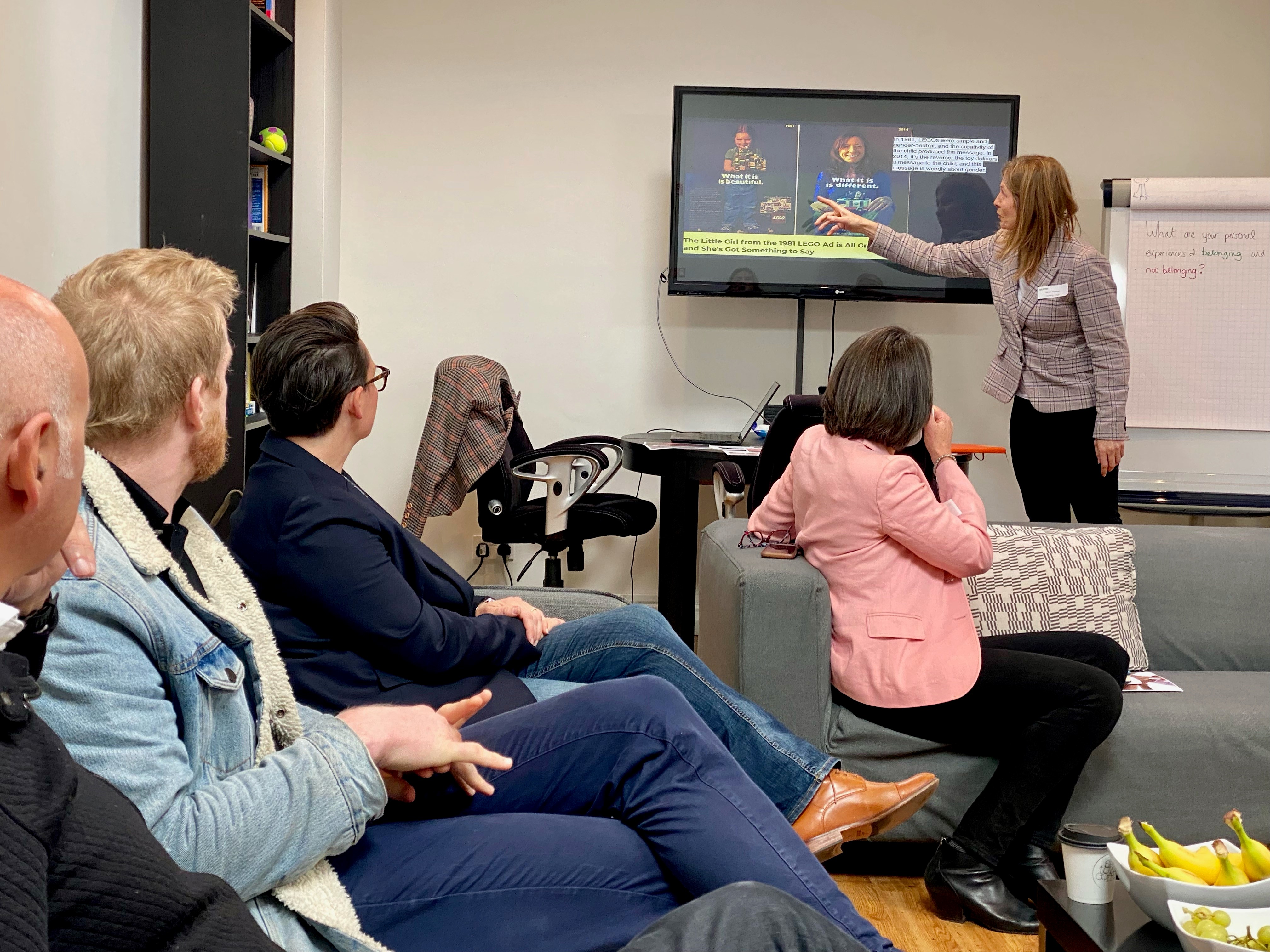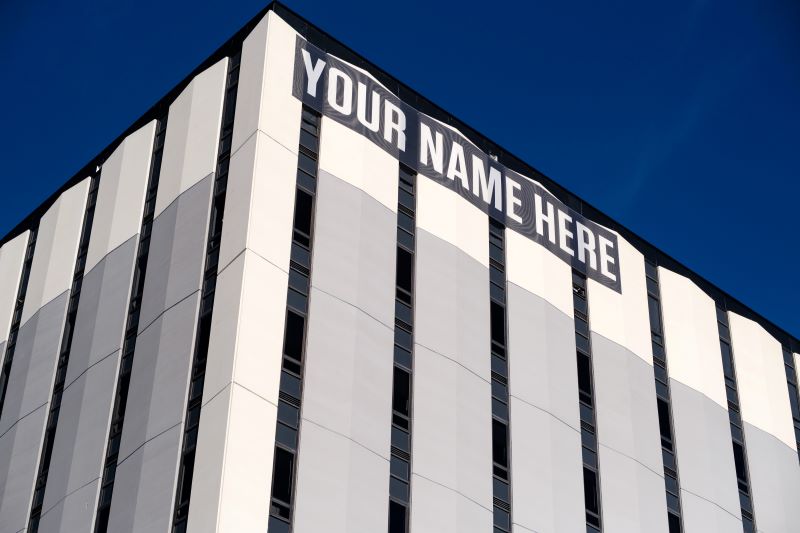Connect with us on LinkedIn for updates and the latest industry news
Creating a situation where people feel compelled to align to a vision is often a leader’s desire, particularly in situations of change. Be they forced by the market, a change in senior leadership strategy or a diversification in what you do, we’d all want out teams to the change and with it the direction of travel.
In Dannemillar’s change equation (a central aspect of our Point of View on Change) vision is often described as a ‘compelling picture of possibilities’. However no matter how great your ‘dry ice and Star Wars theme tune’ vision sounds to you (be it for the organisation, team or project collective) it is meaningless unless any team member can ‘see themselves’ as a part of that future vision…. can they visualise themselves in the future state? If not, your carefully crafted vision is nothing but a soundbite, a quoted statement plastered on walls representing the views of others. Employees may remember it as it stares them in the face but they may also resent it ..…
Successful organisational (or individual) change is only possible when the product of Dissatisfaction, Vision, and First Steps is greater than the Resistance to change. So how do we create a compelling vision regarding a future state that individuals can paint themselves into….?

Dealing with the opposing force to vision
If vision is about clarity and great positive futures then its opposing force can be described as confusion and the fog of misunderstanding and leaves people asking – so what does that mean? What does that mean for me?
So how do we combat it…
I turned to the sporting world for some guidance and found this insight from Owen Eastwood, Director & Chief, HOKO who works with some of sport’s biggest names including the New Zealand All Blacks and South Africa cricket.
Owen states that 70% of our behaviours are determined by the environment we are in:
“We are all searching for consist high performance but a big question is ‘is it promoting what I’m working / looking to achieve? When you think of an environment the leader needs to own it, design it and attend it.”
Owen says start with a purpose as this creates a vision of what good looks like: “This then gives you an identity. You are then in the process of handing over ownership…”
Owen shares the All Blacks approach to interviewing new recruits: “Five minutes of the interview are used to explain this is who we are, this is how we do things, and this is what you can be the guardian of. There can be change, but this is the fundamental way that we operate.”
Identity crops up time and time again in this space, from organisational identify (what are we here to do) right down to individual identity (what am I here to do). Answering the purpose questions gives options for people to find where they fit within the organisation and with it begin the ownership process.
Giving clarity from day 1 on ‘how we do things’ can settle people and assure them of the decision they have made to join (follow a path). People know where they stand. The addition in the context shared above has been the passing or transfer of power (you can be the guardian), but perhaps more importantly the acknowledgment that ‘there can be change’. Knowing there is room for ‘flex’ can promote empowerment in others to offer thoughts on future positive change.
Your vision should represent something people would like to be a part of and want to make happen. It should be a clear and shared illustration of the possible future(s) – a vivid picture of this future and their potential part and path within it.
by Kurt Lindley




